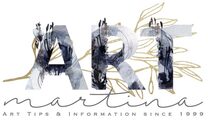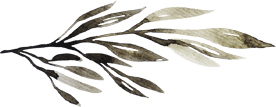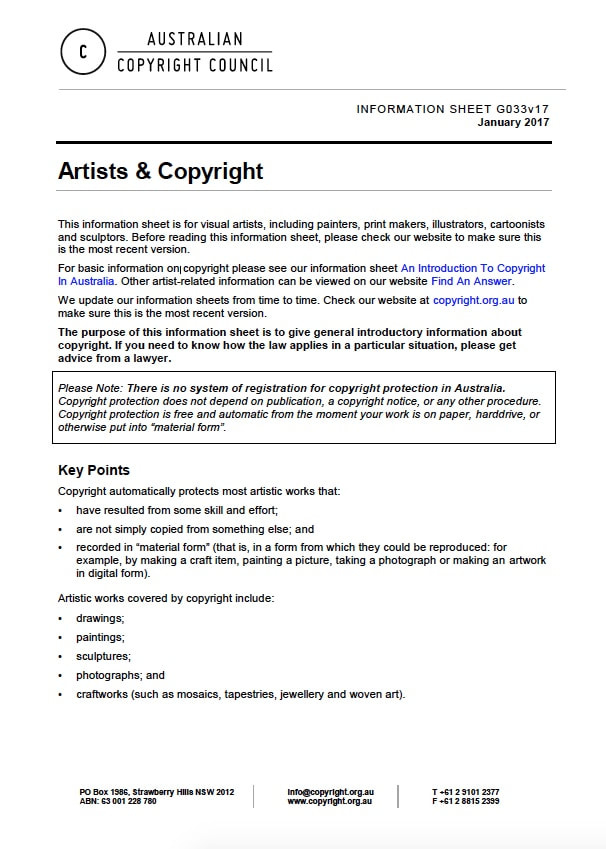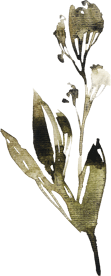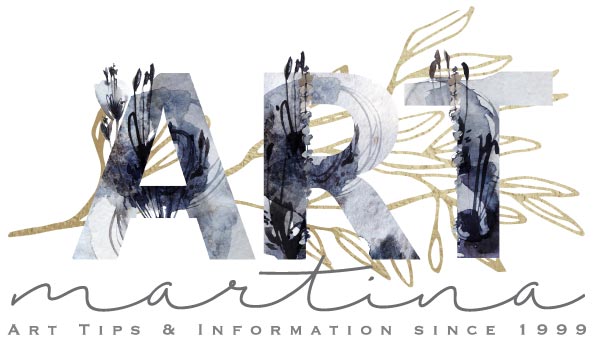Understanding Copyright Morally As Lawful
The Artist and Copyright-eousness
There is a lot of debate these days if copyright laws are still useful or have become useless. I can tell you right up that people who make a living from their work will always find it useful, whereas the users of those created pieces might argue there shouldn’t be any restrictions.
As an artist it is wise to respect and understand that copyright encourages the progress of creativity and enables artisans to make a living through their work. Information about Copyright can be found through the Australian Copyright Council.
